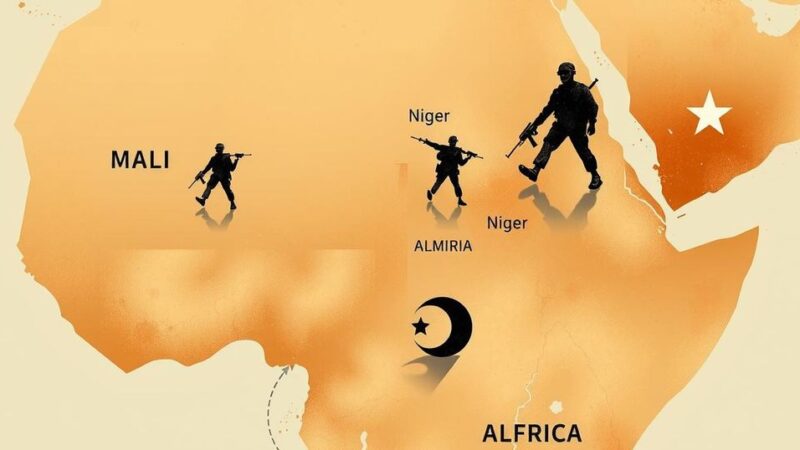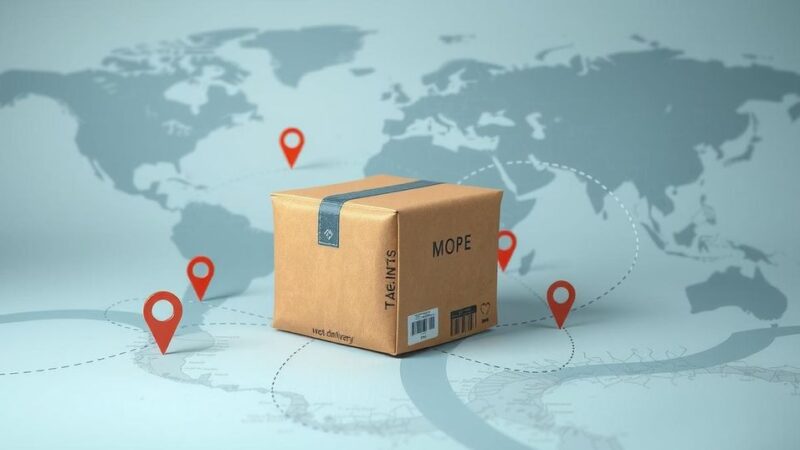The Malaysian government has initiated a renewed search for Malaysia Airlines flight MH370, over 11 years after its disappearance. Ocean Infinity, equipped with advanced underwater vehicles and sonar technology, is undertaking the search in a region comparable to Sydney’s size. Operational challenges are anticipated, with a timeline of up to 18 months for the search. Success could lead to recovery of the flight’s black boxes and a payment to Ocean Infinity, while failure means no compensation and return to square one.
The renewed search for the missing Malaysia Airlines flight MH370, which disappeared over eleven years ago, has recently been approved by the Malaysian government. This decision follows a decade after the tragic incident that resulted in the loss of 239 lives. Ocean Infinity, a seabed exploration firm, has been contracted for this renewed effort after submitting a new proposal that the government agreed to in December 2022.
Ocean Infinity has commenced operations in the southern Indian Ocean, approximately 1,500 kilometers west of Perth, utilizing advanced technology to assist in locating the aircraft’s debris. The new search area is equivalent to the size of metropolitan Sydney and has been determined based on refined insights, including satellite data and previously observed debris along the African coast and various islands.
For this mission, Ocean Infinity is deploying the Armada 7806, a new 78-meter offshore support vessel built by the Norwegian firm Vard in 2023. The vessel is equipped with a suite of advanced autonomous underwater vehicles from Kongsberg, capable of functioning independently at depths up to 6,000 meters and for durations of 100 hours.
These underwater vehicles utilize sophisticated sonar technologies essential for mapping the ocean floor and detecting objects. Sidescan sonar produces high-resolution images, while synthetic aperture sonar enhances these images by combining multiple sound pulses for greater detail. Multibeam sonar maps the seabed’s topography, and sub-bottom profiling sonar provides insight into geological structures beneath the surface.
In addition to sonar, the underwater vehicles are outfitted with camera systems and lights, which will confirm potential targets identified during the search. Once a target is located via sonar, the vehicles will be tasked to operate closer to the seafloor to capture detailed images of the site, thus improving search accuracy.
Since its last search in 2018, Ocean Infinity has significantly advanced its marine robotics and data analytics capabilities. The ability to deploy multiple vehicles simultaneously allows for an efficient survey of a wider area. Retrieved data will be synthesized into detailed maps of the search vicinity upon the vehicles’ return to the surface.
The conditions in the search area are expected to pose challenges both above and below water, with weather and seafloor complexities complicating operations. The search is projected to take up to 18 months, with the most favorable weather conditions occurring between January and April. A successful discovery of the wreckage would ensure Ocean Infinity a payment of $70 million from the Malaysian government.
If the wreckage is located, the next phase will involve retrieving the black boxes to reconstruct events leading to the plane’s disappearance. The support vessel is likely equipped with remotely operated vehicles for verification of the wreck site and future salvage operations. Conversely, if the firm does not succeed in locating the aircraft, no compensation will be awarded, and the investigation will revert to its initial stage.
In summary, the renewed search for MH370 marks a significant effort over a decade after the aircraft’s disappearance. Utilizing advanced technology and maritime capabilities, Ocean Infinity aims to locate the wreckage within a vast search area based on refined data analysis. Despite the challenging conditions expected in the search region, significant advancements in robotics and sonar technologies provide a hopeful outlook for locating the missing aircraft and recovering crucial evidence.
Original Source: www.hindustantimes.com






